AW Insect Book: Mantids (Mantodea) Pics & Descriptions
Posted: Wed Apr 29, 2015 1:33 pm
Zebra Mantid Omomantis zebrata
Superfamily Mantoidea. Family Mantidae. Subfamily Omomantinae
 © Michele Nel
© Michele Nel
Kruger National Park, Tamboti
 © BluTuna
© BluTuna
Kruger National Park, Crocodile Bridge
Description
A medium sized, slender, green mantid. Both sexes reach up to 6 cm in bodysize, where males stay a little more slender. The species belongs to the "normal type" and shows no morphological peculiarities such as a vertex elongation or lobes. The base color can reach from a light to a deep and shiny green to a turquoise-green. The upper side of the femura and the dorsal side of the pronotum are colored in a reddish brown. Characterized by coloration of fore wings, each decorated with diagonal dark brown stripes and a yellow spot surrounded by black. The habitus of Omomantis zebrata is rather gracile, rather strinking are the long and thin walking legs.
The sexes of juveniles can easily be distinguished by counting abdominal segments, the females have 6 of them, the males 8.
Distribution
Found in Eastern Cape and Gauteng, to Botswana, Zimbabwe, Mozambique, Angola, Malawi and East Africa.
Links:
http://mantodea.speciesfile.org/Common/ ... ID=1184199
Superfamily Mantoidea. Family Mantidae. Subfamily Omomantinae
 © Michele Nel
© Michele NelKruger National Park, Tamboti
 © BluTuna
© BluTunaKruger National Park, Crocodile Bridge
Description
A medium sized, slender, green mantid. Both sexes reach up to 6 cm in bodysize, where males stay a little more slender. The species belongs to the "normal type" and shows no morphological peculiarities such as a vertex elongation or lobes. The base color can reach from a light to a deep and shiny green to a turquoise-green. The upper side of the femura and the dorsal side of the pronotum are colored in a reddish brown. Characterized by coloration of fore wings, each decorated with diagonal dark brown stripes and a yellow spot surrounded by black. The habitus of Omomantis zebrata is rather gracile, rather strinking are the long and thin walking legs.
The sexes of juveniles can easily be distinguished by counting abdominal segments, the females have 6 of them, the males 8.
Distribution
Found in Eastern Cape and Gauteng, to Botswana, Zimbabwe, Mozambique, Angola, Malawi and East Africa.
Links:
http://mantodea.speciesfile.org/Common/ ... ID=1184199
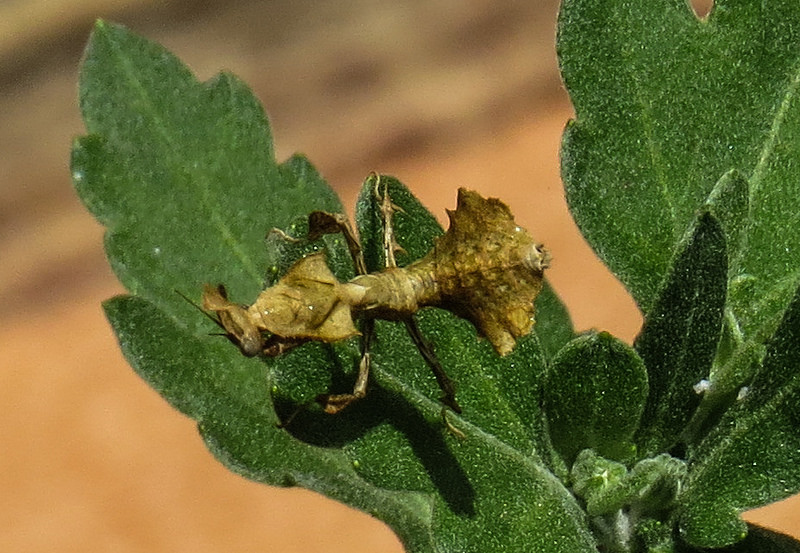 © steamtrainfan
© steamtrainfan © steamtrainfan
© steamtrainfan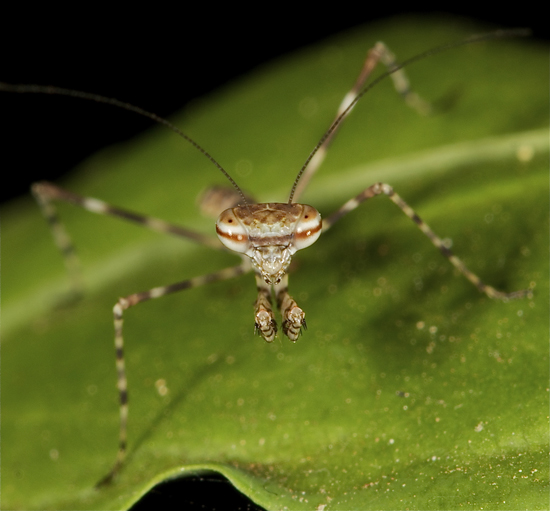
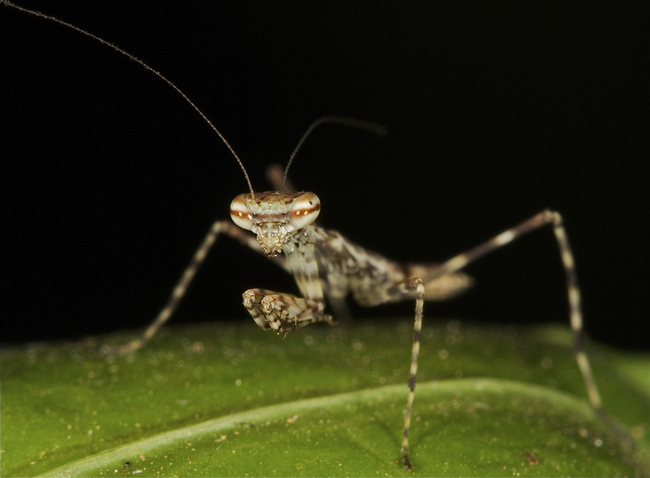
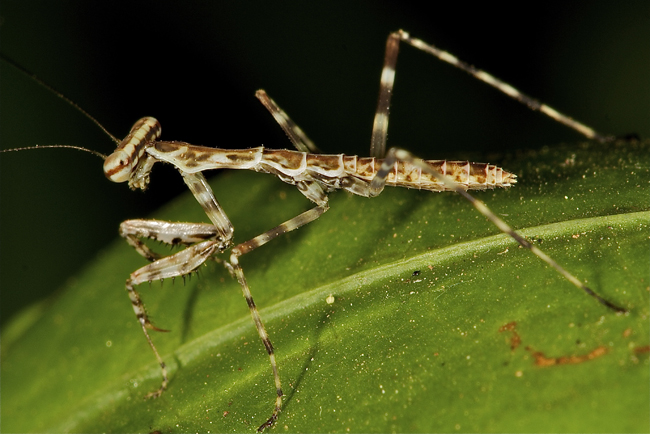
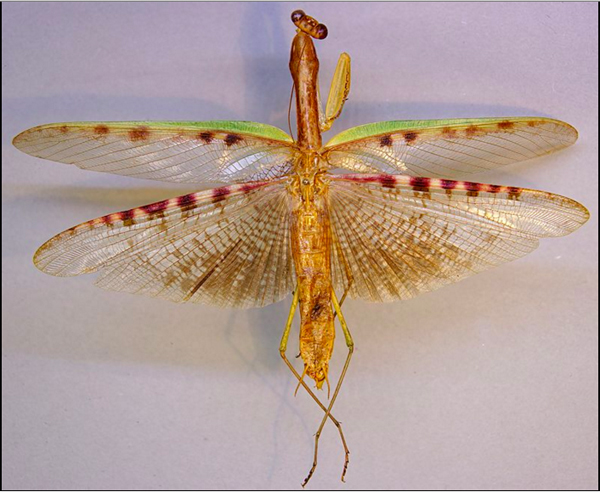
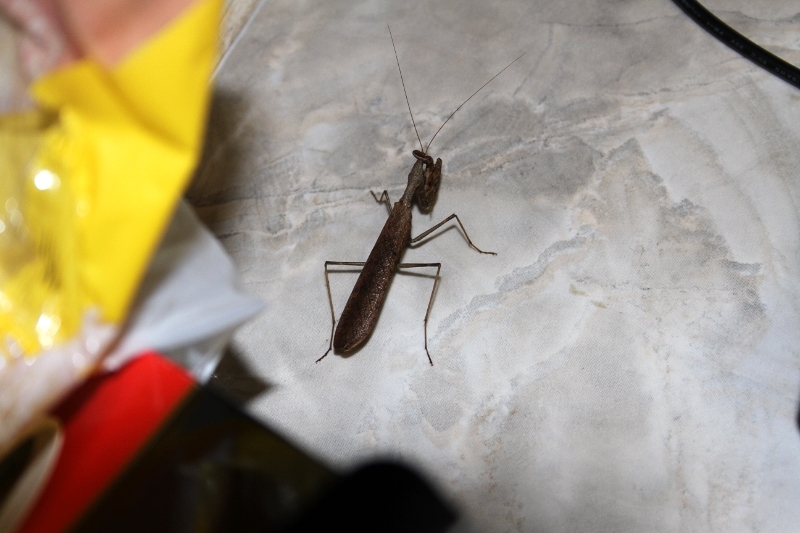
 © nan
© nan © nan
© nan © nan
© nan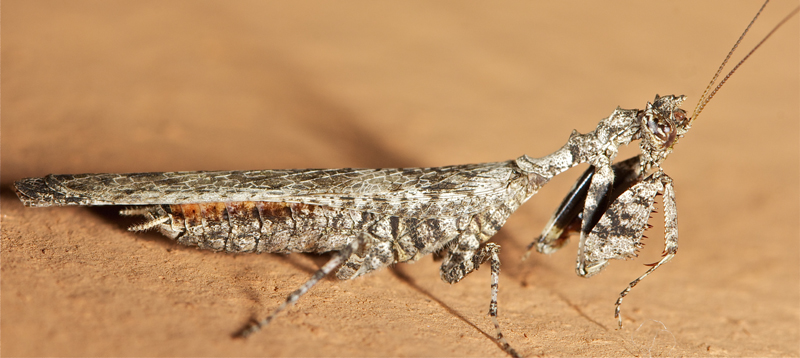
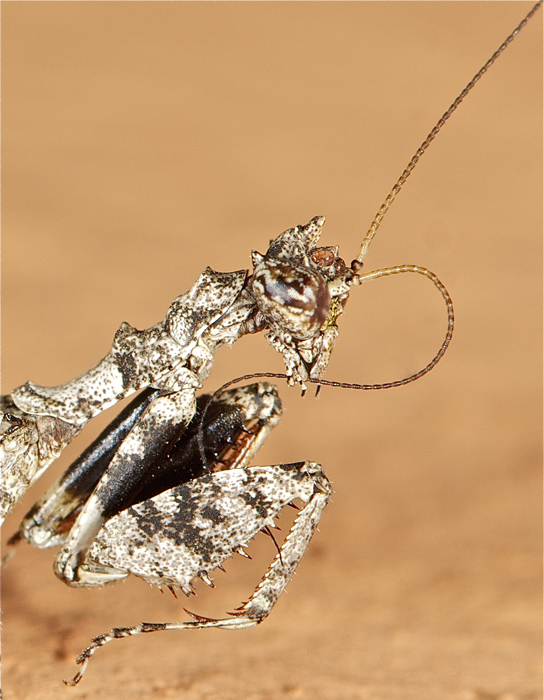
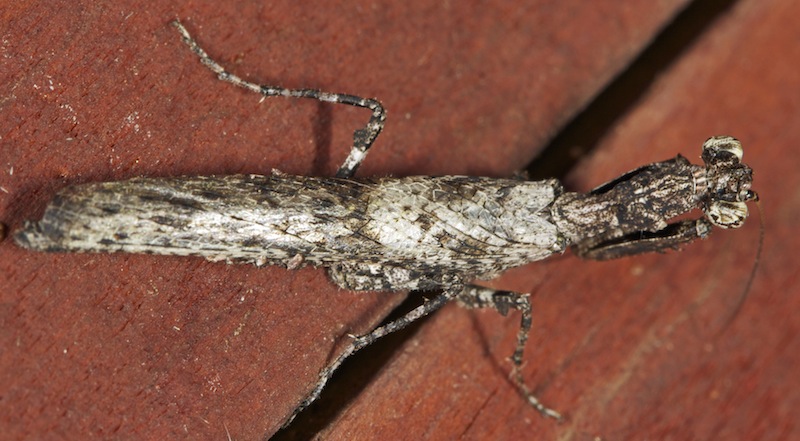 © ExFmem
© ExFmem © ExFmem
© ExFmem © ExFmem
© ExFmem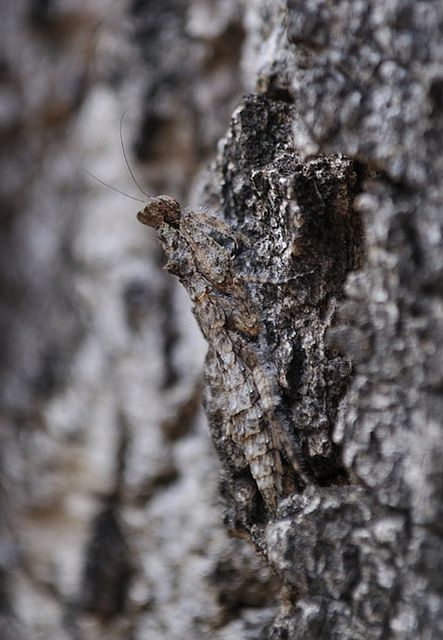 © BluTuna
© BluTuna